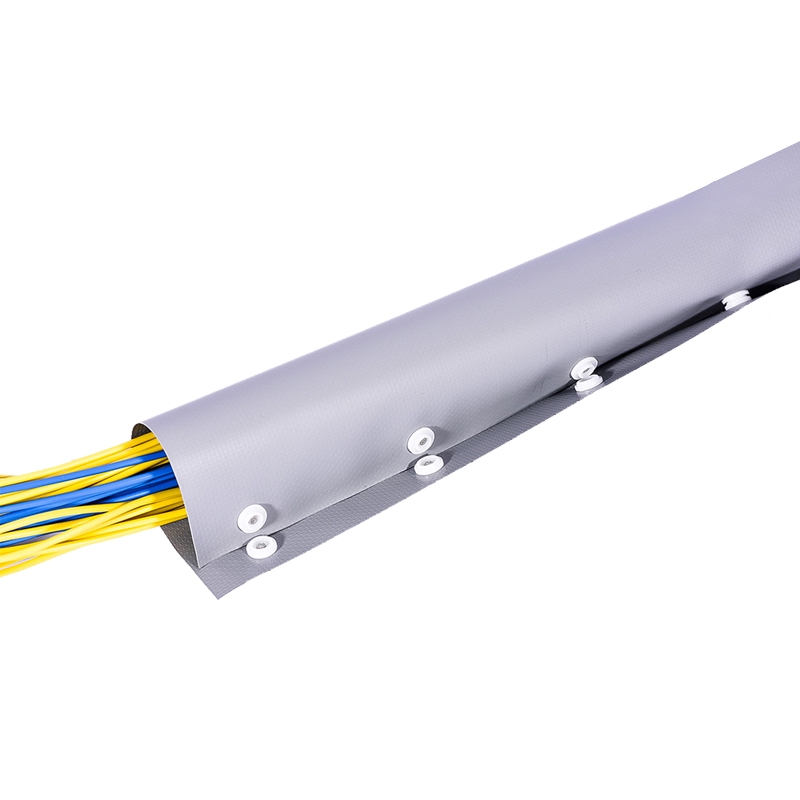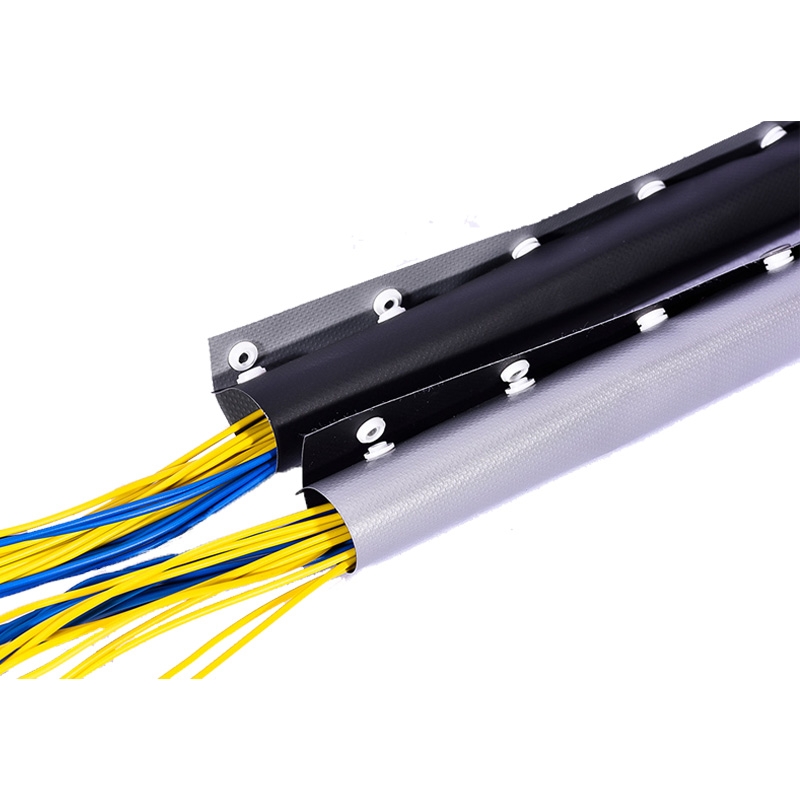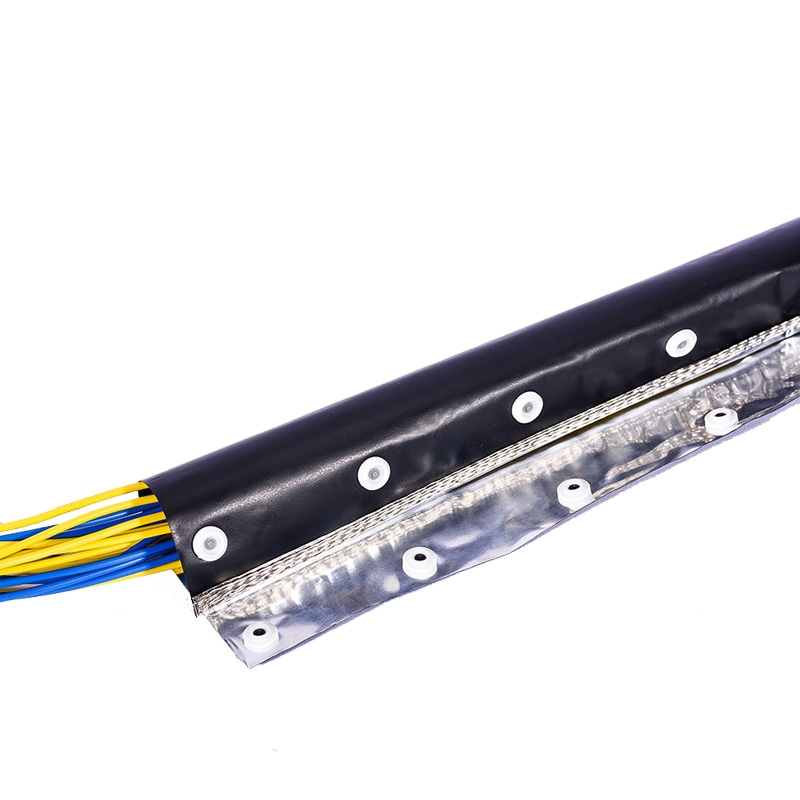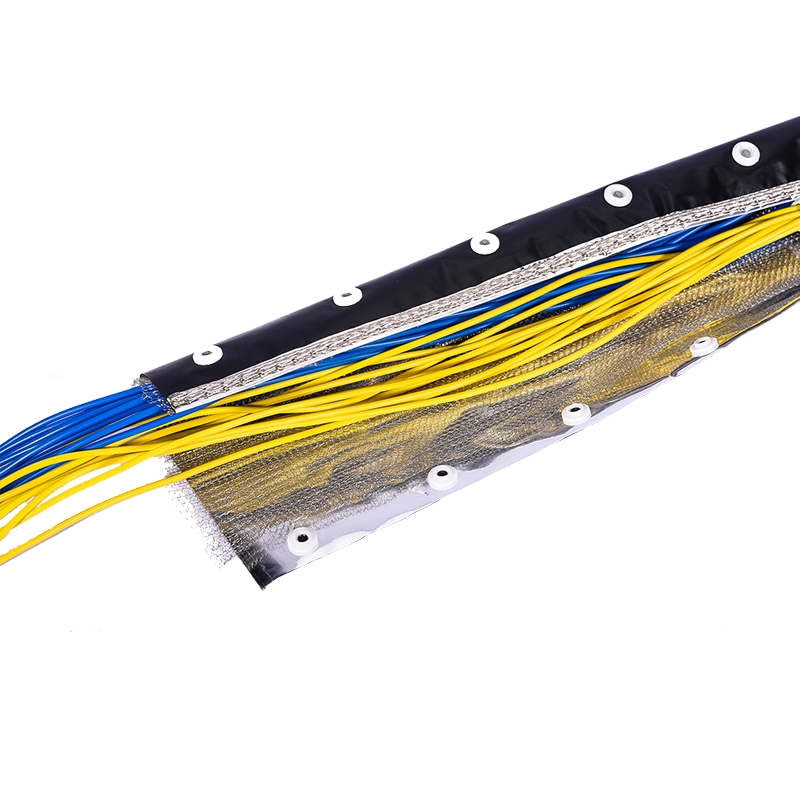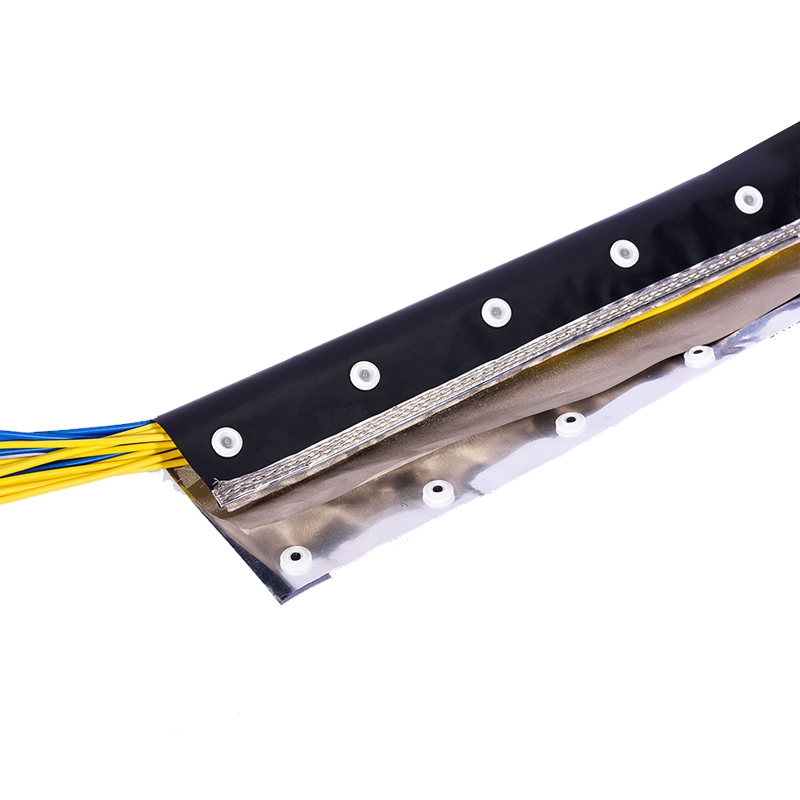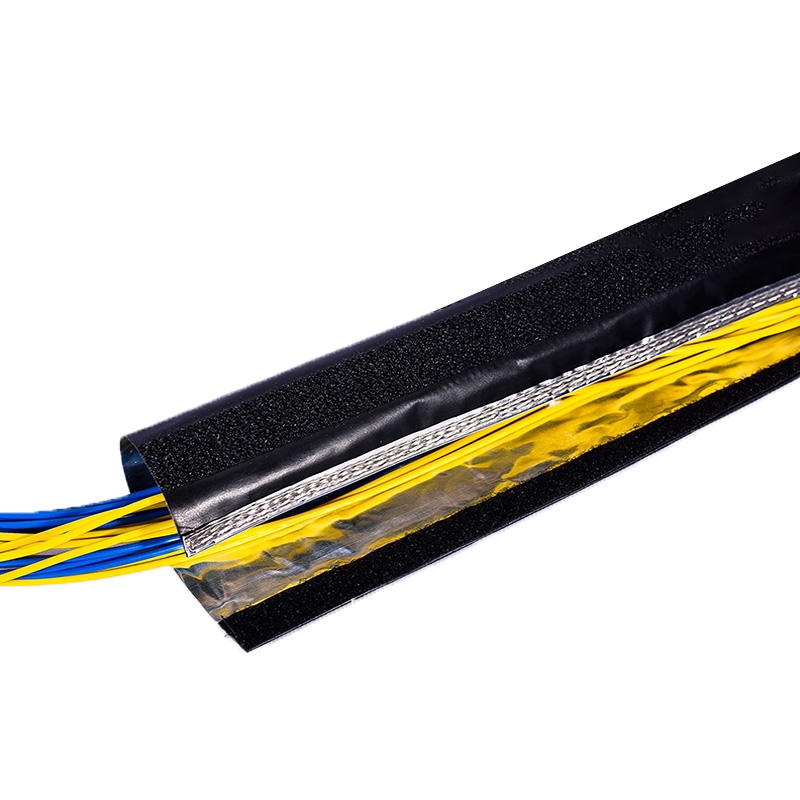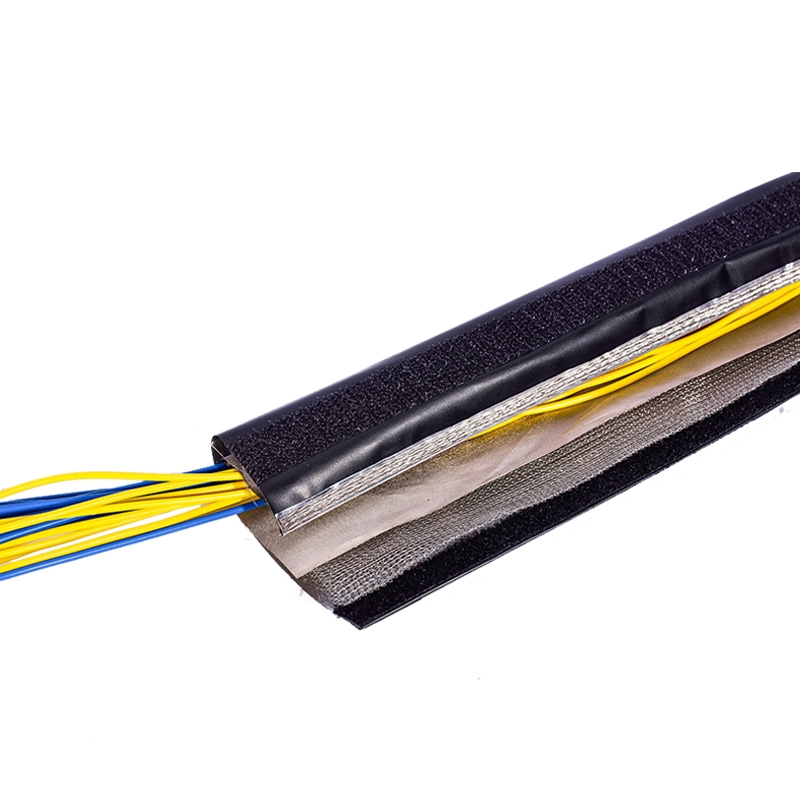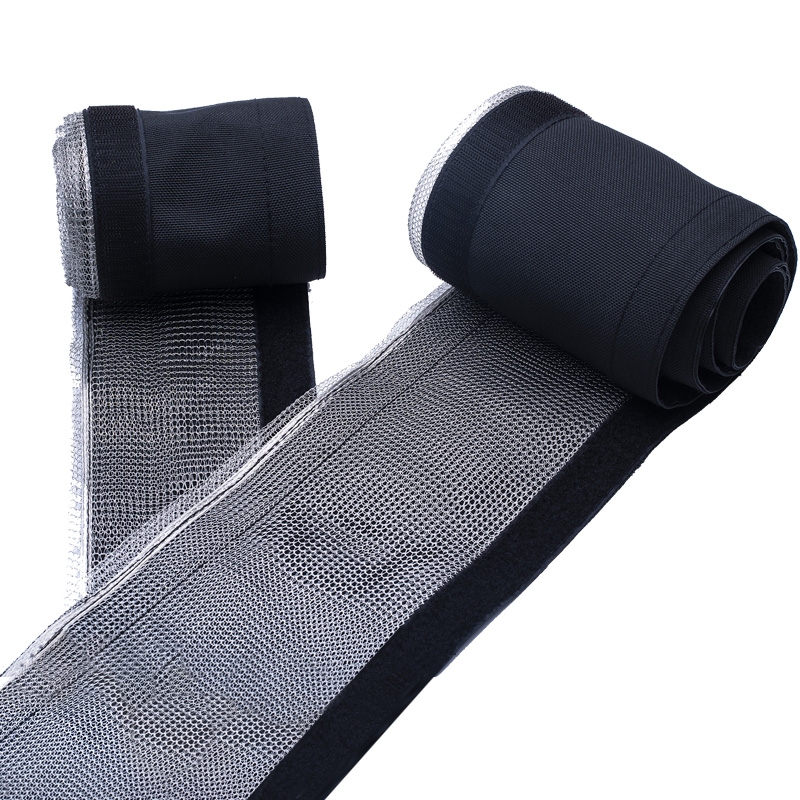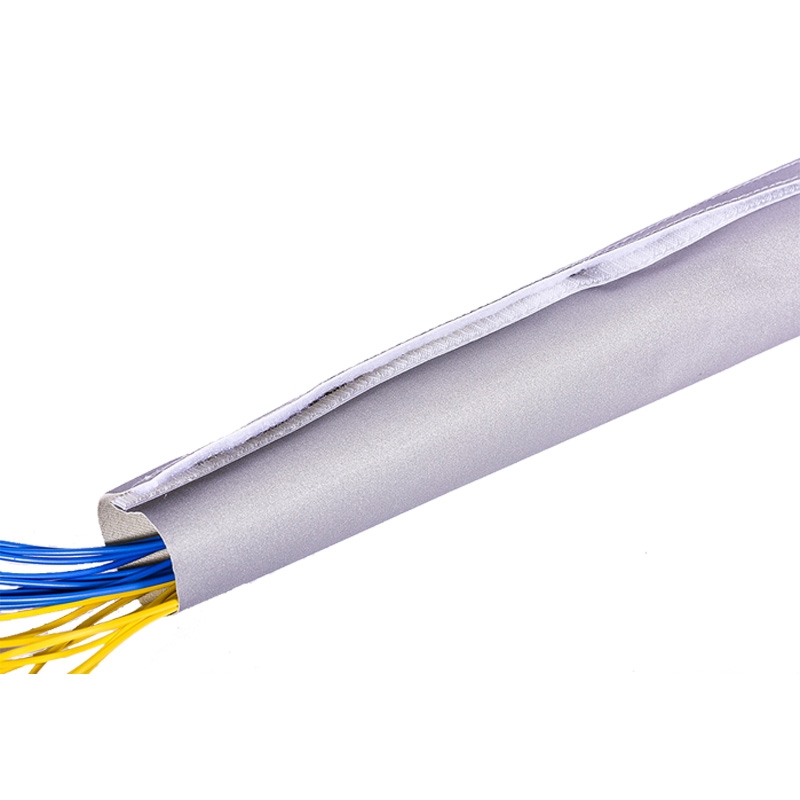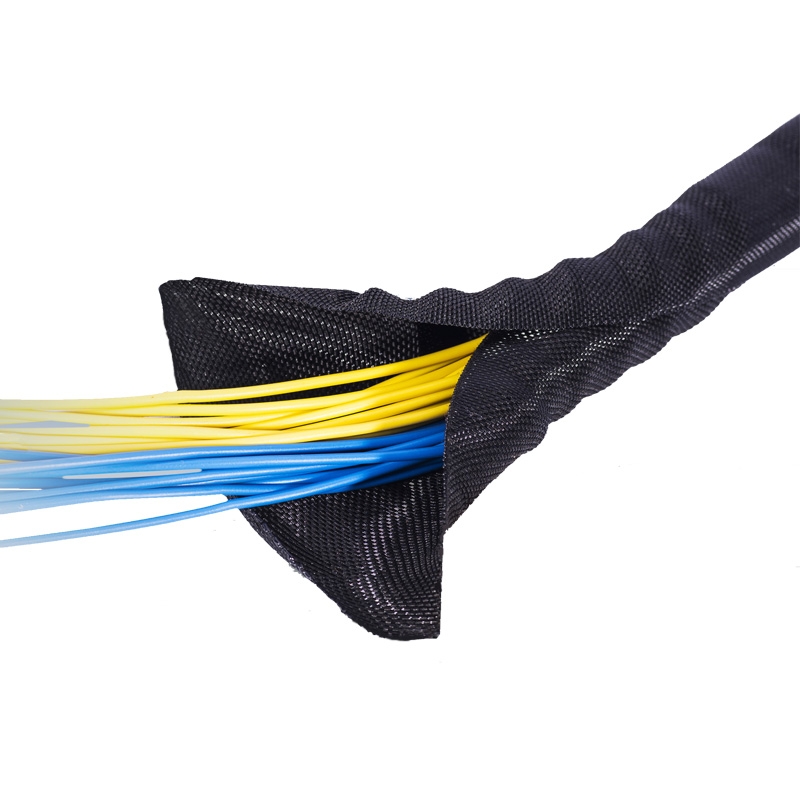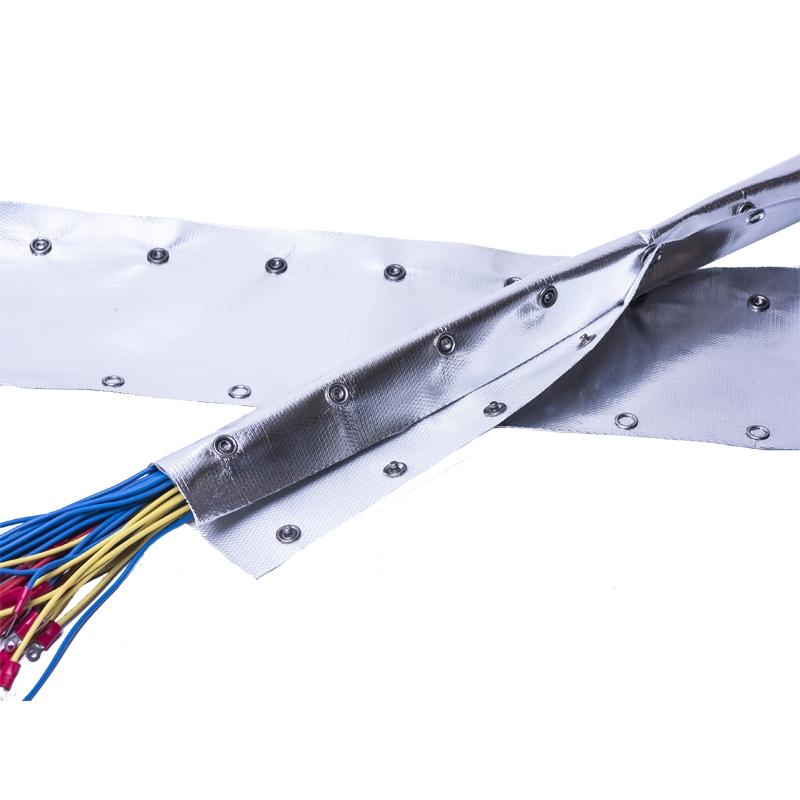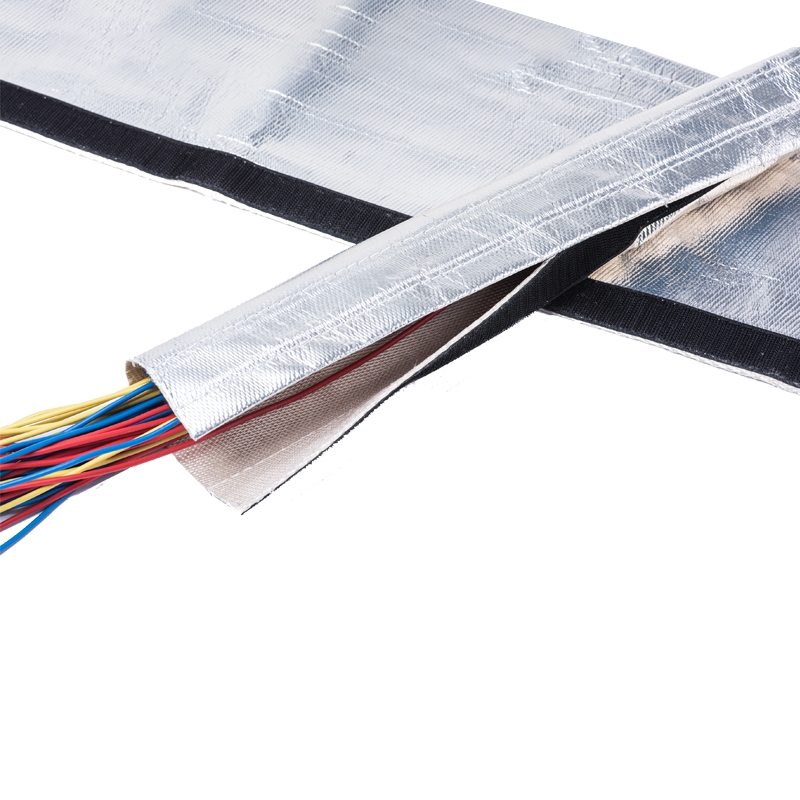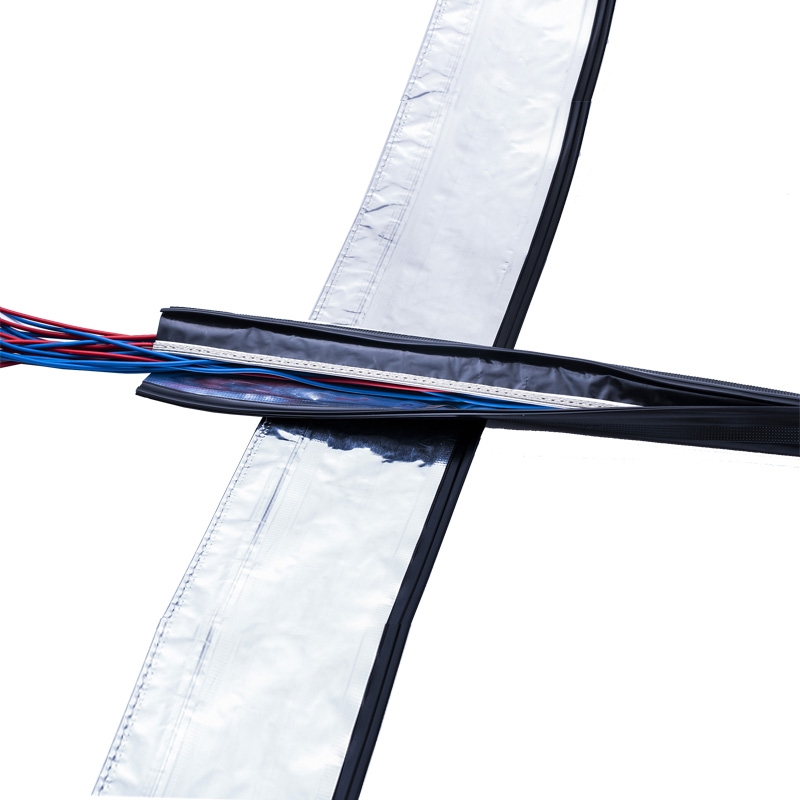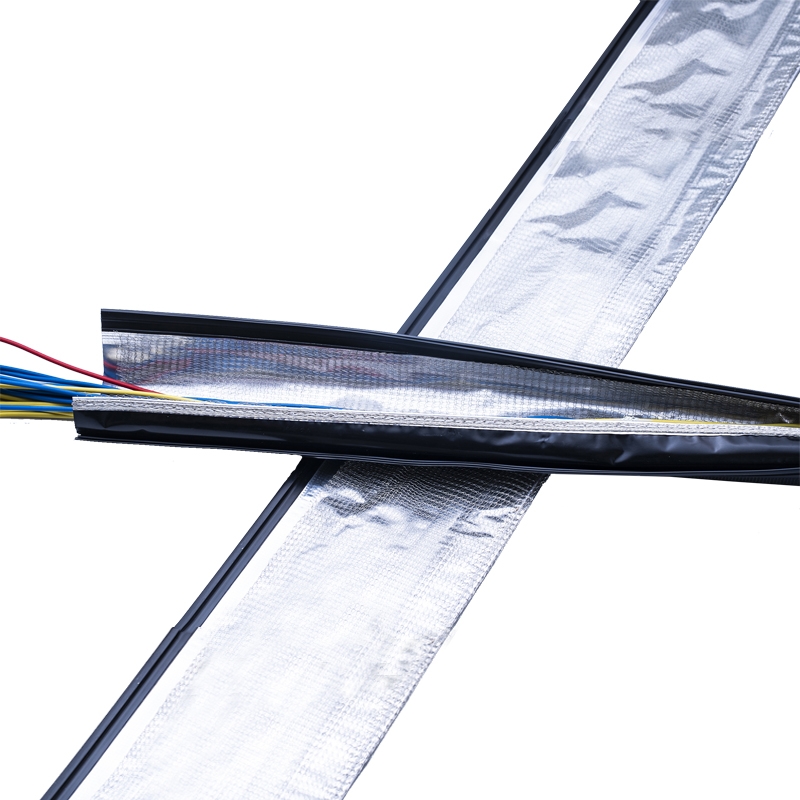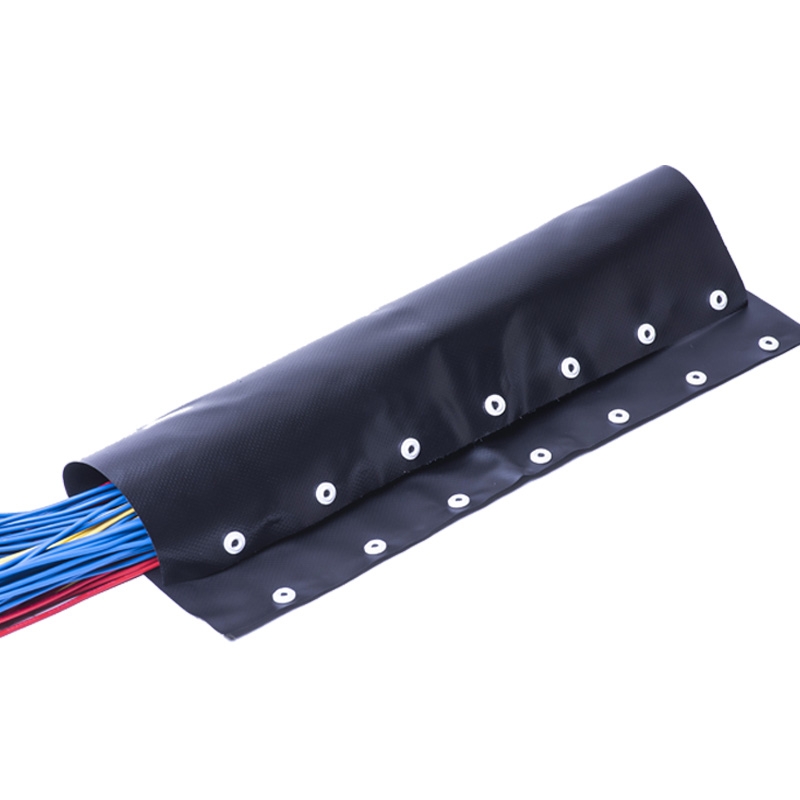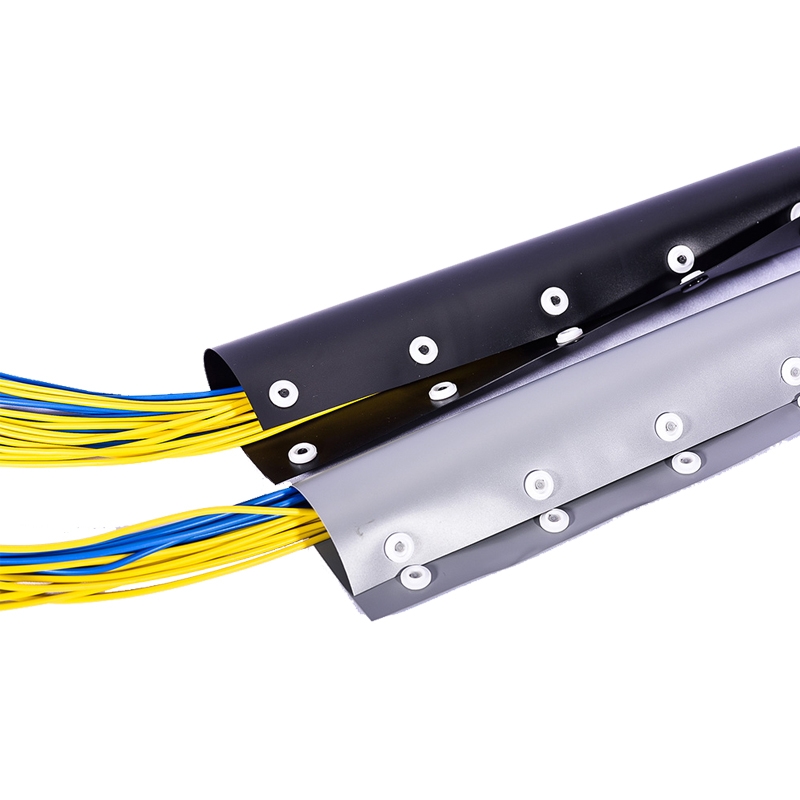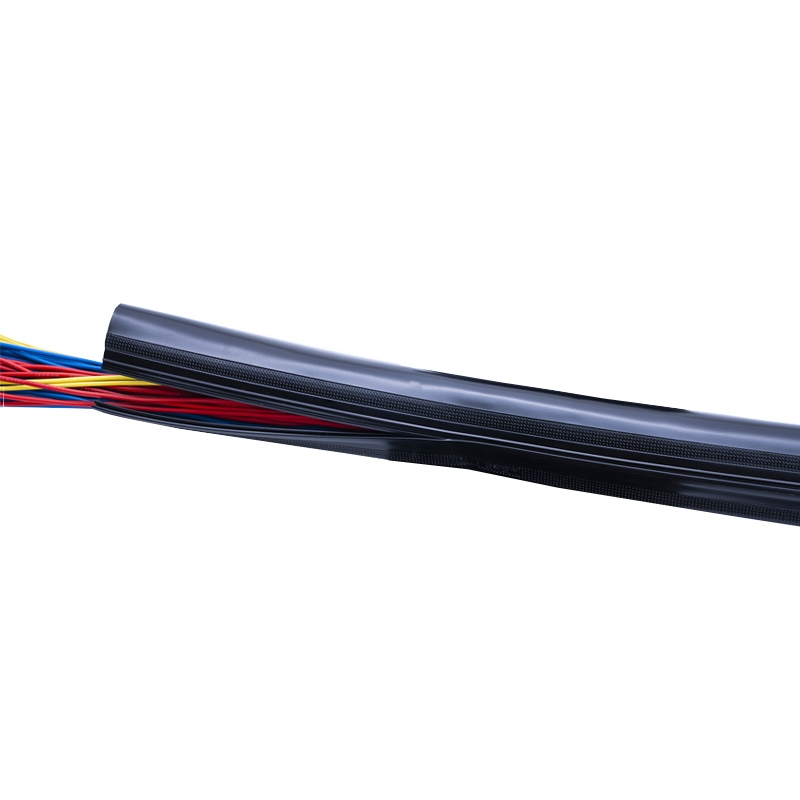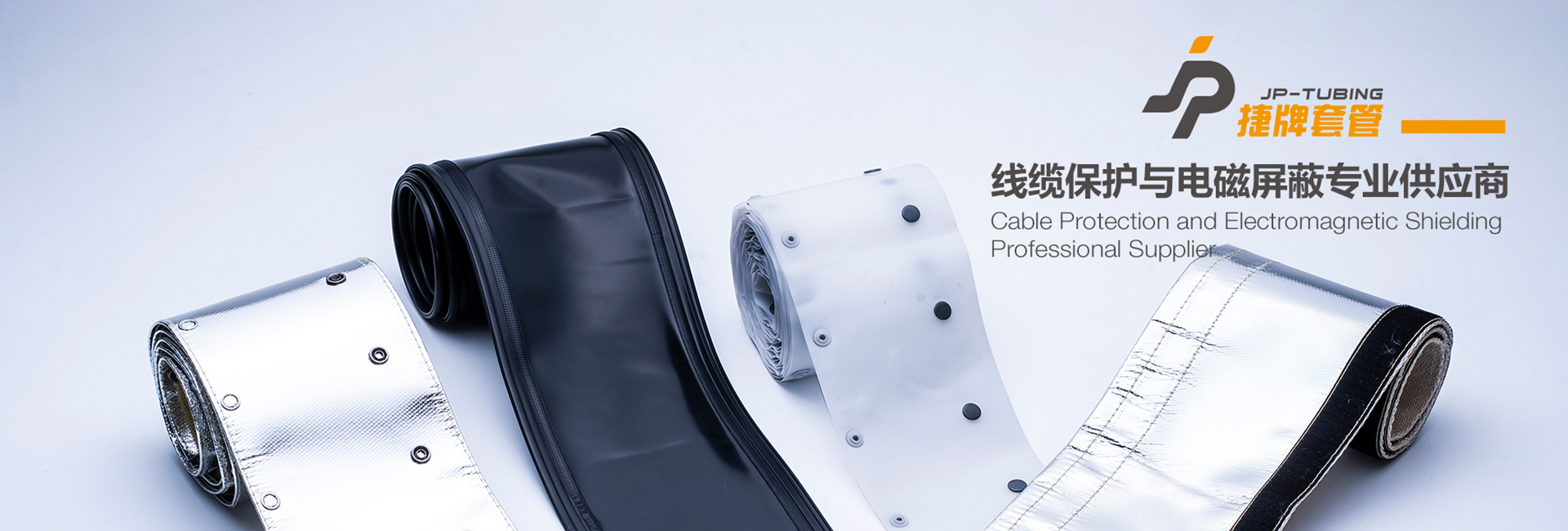Commonly used control methods for frequency converters on the market
Release Date:2019-02-23 Author: Click:
1. U/f=C sinusoidal pulse width modulation (SPWM) control method
It is characterized by simple control circuit structure, low cost, and good mechanical properties, which can meet the smooth speed regulation requirements of general transmission. It has been widely used in various fields of industry. However, when this control method is at low frequency, due to the lower output voltage, the torque is significantly affected by the stator resistance voltage drop, which reduces the larger output torque. In addition, its mechanical characteristics are not as hard as a DC motor after all, its dynamic torque capacity and static speed regulation performance are not satisfactory, and the system performance is not high, the control curve will change with the change of the load, the torque response is slow, and the motor rotates. The torque utilization rate is not high, and the performance decreases due to the existence of the stator resistance and the dead zone effect of the inverter at low speed, and the stability becomes worse. So people have researched vector control frequency conversion speed regulation.
2. Voltage space vector (SVPWM) control method
It is based on the premise of the overall generation effect of the three-phase waveform, with the purpose of approximating the ideal circular rotating magnetic field trajectory of the motor air gap, generating three-phase modulation waveforms at a time, and controlling by the way of inscribed polygons approaching the circle. After practical use, it has been improved, that is, the introduction of frequency compensation can eliminate the error of speed control; the amplitude of the flux linkage is estimated through feedback to eliminate the influence of the stator resistance at low speed; the output voltage and current are closed-loop to improve the dynamic accuracy and stability. But the control circuit has many links and no torque adjustment is introduced, so the system performance has not been fundamentally improved.
3. Vector control (VC) method
The method of vector control variable frequency speed regulation is to convert the stator currents Ia, Ib, Ic of the asynchronous motor in the three-phase coordinate system into the AC current Ia1Ib1 in the two-phase static coordinate system through the three-phase to two-phase transformation, and then pass According to the directional rotation transformation of the rotor magnetic field, it is equivalent to the DC current Im1 and It1 in the synchronous rotating coordinate system (Im1 is equivalent to the excitation current of the DC motor; It1 is equivalent to the armature current proportional to the torque), and then imitates the DC current of the DC motor The control method is to obtain the control quantity of the DC motor, and realize the control of the asynchronous motor through the corresponding coordinate inverse transformation. The essence is to equate an AC motor to a DC motor, and independently control the two components of speed and magnetic field. The two components of torque and magnetic field are obtained by controlling the rotor flux, and then decomposing the buckle end belt. After coordinate transformation, orthogonal or decoupling control is realized. The proposal of the vector control method has epoch-making significance. However, in practical applications, because the rotor flux linkage is difficult to accurately observe, the system characteristics are greatly affected by the motor parameters, and the vector rotation transformation used in the equivalent DC motor control process is more complicated, making the actual control effect difficult to achieve the ideal analysis. result.
4. Direct torque control (DTC) method
In 1985, Professor DePenbrock of Ruhr University in Germany proposed the direct torque control frequency conversion technology for the first time. This technology largely solves the above-mentioned shortcomings of vector control, and has developed rapidly with novel control ideas, simple and clear system structure, and excellent dynamic and static performance. At present, this technology has been successfully applied to the high-power AC drive traction of electric locomotives.
Direct torque control directly analyzes the mathematical model of the AC motor in the stator coordinate system, and controls the flux linkage and torque of the motor. It does not require the equivalent of an AC motor to a DC motor, thus eliminating many complex calculations in the vector rotation transformation; it does not need to imitate the control of a DC motor, nor does it need to simplify the mathematical model of the AC motor for decoupling.
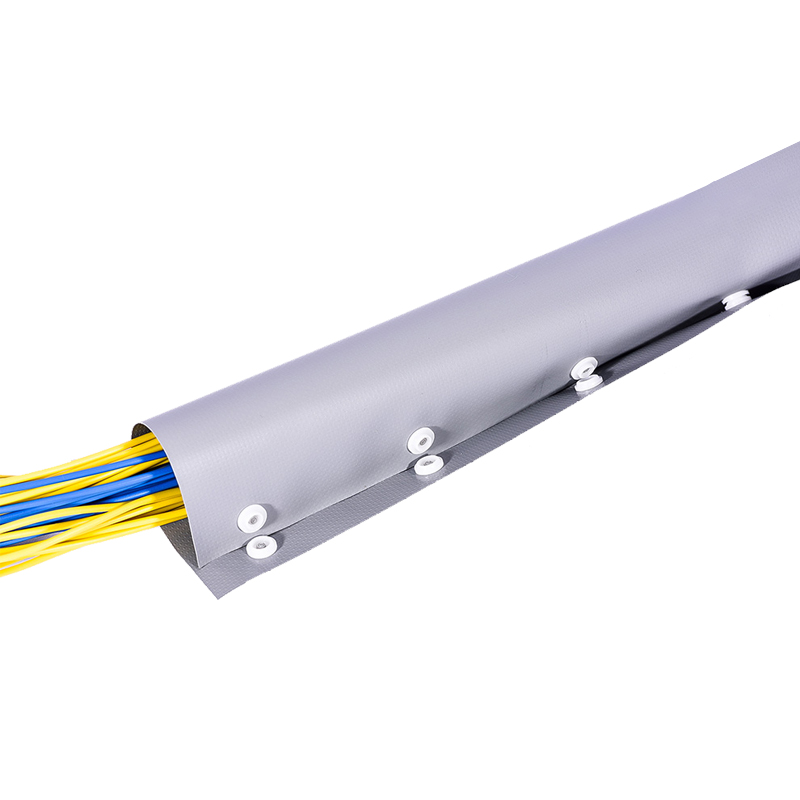
5. Matrix cross-cross control method
VVVF frequency conversion, vector control frequency conversion, and direct torque control frequency conversion are all AC-DC-AC frequency conversions. The common disadvantage is that the input power factor is low, the harmonic current is large, the DC circuit requires a large energy storage capacitor, and the regenerative energy cannot be fed back to the grid, that is, four-quadrant operation cannot be performed. For this reason, matrix AC-AC frequency conversion came into being. Because the matrix AC-AC frequency conversion eliminates the intermediate DC link, the bulky and expensive electrolytic capacitors are eliminated. It can achieve a power factor of l, a sinusoidal input current and four-quadrant operation, and the system has a high power density. Although the technology is not yet mature, it still attracts many scholars to study in depth. Its essence is not to indirectly control the current, flux linkage, etc., but to realize the torque directly as the controlled quantity. The specific method is:
——Control the stator flux linkage to introduce the stator flux linkage observer to realize the speed sensorless mode;
——Automatic identification (ID) relies on accurate motor mathematical model to automatically identify motor parameters;
——Calculate the actual value corresponding to the stator impedance, mutual inductance, magnetic saturation factor, inertia, etc., calculate the actual torque, stator flux linkage, and rotor speed for real-time control;
——Realization of Band-Band control. According to the Band-Band control of the flux linkage and torque, the buckle end belt generates a PWM signal to control the switching state of the inverter.
Matrix AC-AC frequency conversion has fast torque response (<2ms), high speed accuracy (±2%, no PG feedback), high torque accuracy (<+3%); at the same time, it also has a high starting speed Torque and high torque accuracy, especially at low speed (including 0 speed), can output 150% to 200% torque

